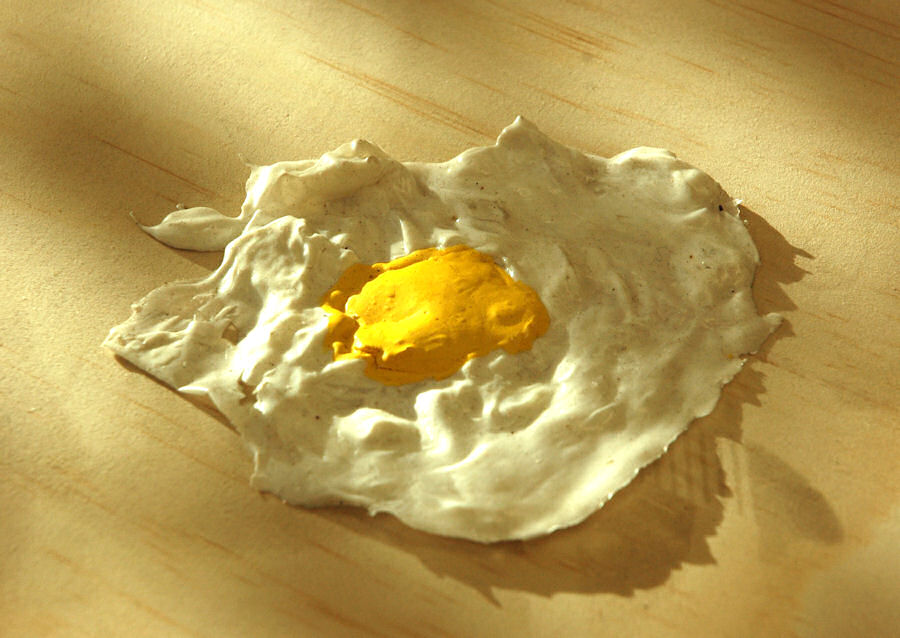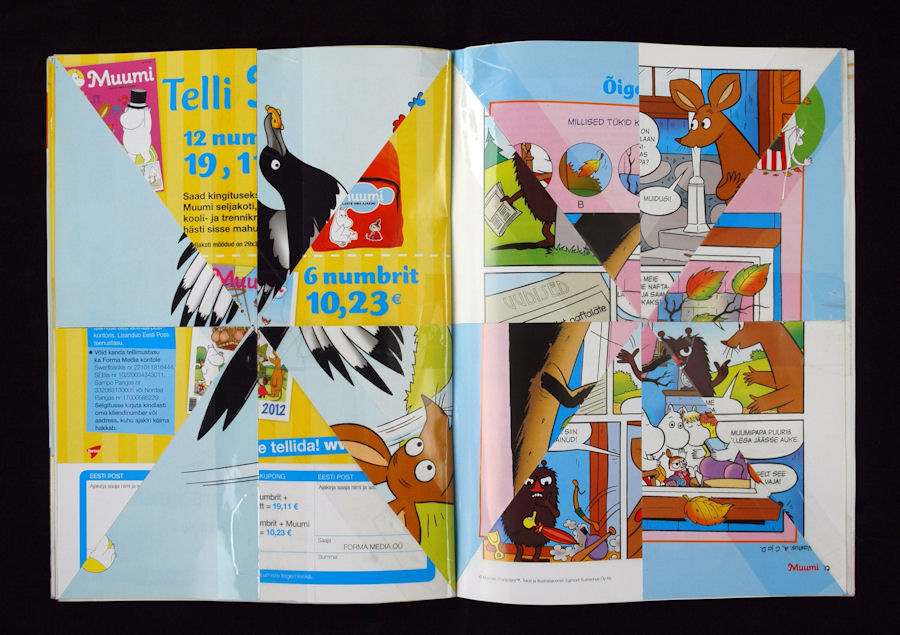 Conrad Freiburg,
Conrad Freiburg,  LeRoy Stevens,
LeRoy Stevens,  Odd mailing,
Odd mailing,  herzog,
herzog,  multiple
multiple  Tuesday, April 2, 2013 at 11:12AM
Tuesday, April 2, 2013 at 11:12AM 
Conrad Freiburg: LeRoy! When we first met you were just out of school and piecing together maps and photo-copying books and living in Bucktown, Chicago. Staining wood in my west side shop, I remember you looking up and saying “I love art,” and sort of giggling. I don't believe I had ever heard someone say those words as sincerely as you. Assuming you still love art, what do you love about art?
LeRoy Stevens: I think it's the excitement that goes with thinking through ideas. Limitless possibilities, experimentation and the process of understanding that happens over time. Beginning one place, following one idea to another and allowing yourself to land somewhere unexpected. By the way, I still copy and re-assemble hard to find books that I'm interested in. I find that by doing this, I really get to know ever part of it. It's a way of reading and getting to have a copy too.
C: Your examination of books makes an accounting of the object that is the book almost separate from the meaning of the words within. When someone is an author, we don't often think that they also make an object of a particular size and shape. The writer's obvious task is to arrange words and to know the meaning they convey. Your approach seems to really examine the objective qualities of the book-form. This is in addition to the more "normal" reading and contemplation of the words and images. Now, would you say that your approach for facsimile is informed by what you are copying or do you have a standard method or filter for your efforts. To what extent do you see yourself as the author of a new work when it is appropriated into your system of making. In other words, by copying the bookform, are you becoming an author?
L: When I'm making a reproduction of a book there are some creative decisions and these decisions can make the copies into prototypes, but mostly they're for my own enjoyment. At this time I don't really consider them my art.
I have a body of work that consists of altering magazines through simple cuts, folds and by reorganizing the pages. The method for manipulating often comes from the content of the magazine. For example, I recently made a magazine titled Inside Out. I removed the staples and turned every page spread inside out and then reattached the pages. The idea came from a magazine called Mother and Child. I like to carry out the same process on different magazines. Other titles include Perfect Patterns, Crumble Every Page and Reassemble, Erotica, Michael Phelps and Muumi. I'm definitely the author of these books.
 Muumi, 2011 by LeRoy Stevens
Muumi, 2011 by LeRoy Stevens
C: In looking at and discussing your work what strikes me is your formalized process. Through this process you can really focus on an idea while also completely altering the source material. I have here in front of me a stack of what looks like fried eggs; sunny-side up fried eggs. They are white and yellow and kind of floppy, and really make me laugh. I could make reference here to Archimbaldo's humorous use of food in art, but somehow it seems that something else is at work. What kind of hunger are these eggs feeding?
L: A lot of the books that I've been making play w/ sequencing. A progression is determined and is carried out from cover to cover. Lately it's been fun to think about how a given system for manipulating these books can become the framework for a sculpture, a sound work, clothing and so on. A fried egg is a palindrome. You can turn it over again and again and it's essentially the same thing.
C: So, are your fried eggs feeding our hunger in art for endlessness?
L: In some ways...but it's limited. In fact it's probably a closed system. There's a procedural structure to it that's visible- it can only be this or that. A person can manipulate it -use it. The concept is embedded in the work. Still, I think there's something outside of the way I've been talking about it that's valid- the way it makes people laugh.
C: Thanks for wrangling in my tendency to endlessness. I do like the notion you offer of a container or structure that focuses the viewer's attention. The humor really kicks in when you step back and realize that you're talking about an egg. Speaking of eggs, have you ever known any chickens? Comedian Werner Herzog once said of chickens "the enormity of their stupidity is overwhelming." He's such a cut up!
Werner Herzog on Chickens from Tom Streithorst on Vimeo.
L: Did you ever see "Cave of Forgotten Dreams?"
C: Yes! in 3-D even. The albino alligator ending was most unexpected. His exploration of the world through films has its quirks to be sure. Why do you ask?
L: Well, it's the last Herzog movie that I've seen.
Have you noticed that most new cars look like eggs? I'm convinced that it has to do w/ crash test statistics. There could be other material reasons for using that shape too... like more interior space w/ less material? But it's such of an ugly shape -especially on wheels. It's like the Flinstones crashing into an Apple Store.
C: They do look like eggs. Just think of legacy of mediocrity we're passing on to our children. They'll be taking it on the chin with these aerodynamic turd and egg sandwiches on wheels for decades to come! Full circle back to eggs; we have done it. Congratulations everybody! Well Mr. Stevens, do you have anything you would like to add for our fair readers? Aside from "please leave a comment if you like," or "buy a subscription because it's absurdly affordable."
L: Yeah, I have some new publications out and available for purchase. "From the Bird's Mouth" published by Lugemik (with texts by Karin Laansoo and Jonathan Miller) and "OutOut Houses" published by Small World. Thanks for reading and talk soon.
 odd #3 all stacked up and ready to roll
odd #3 all stacked up and ready to roll
 Conrad Freiburg,
Conrad Freiburg,  LeRoy Stevens,
LeRoy Stevens,  Odd mailing,
Odd mailing,  herzog,
herzog,  multiple
multiple